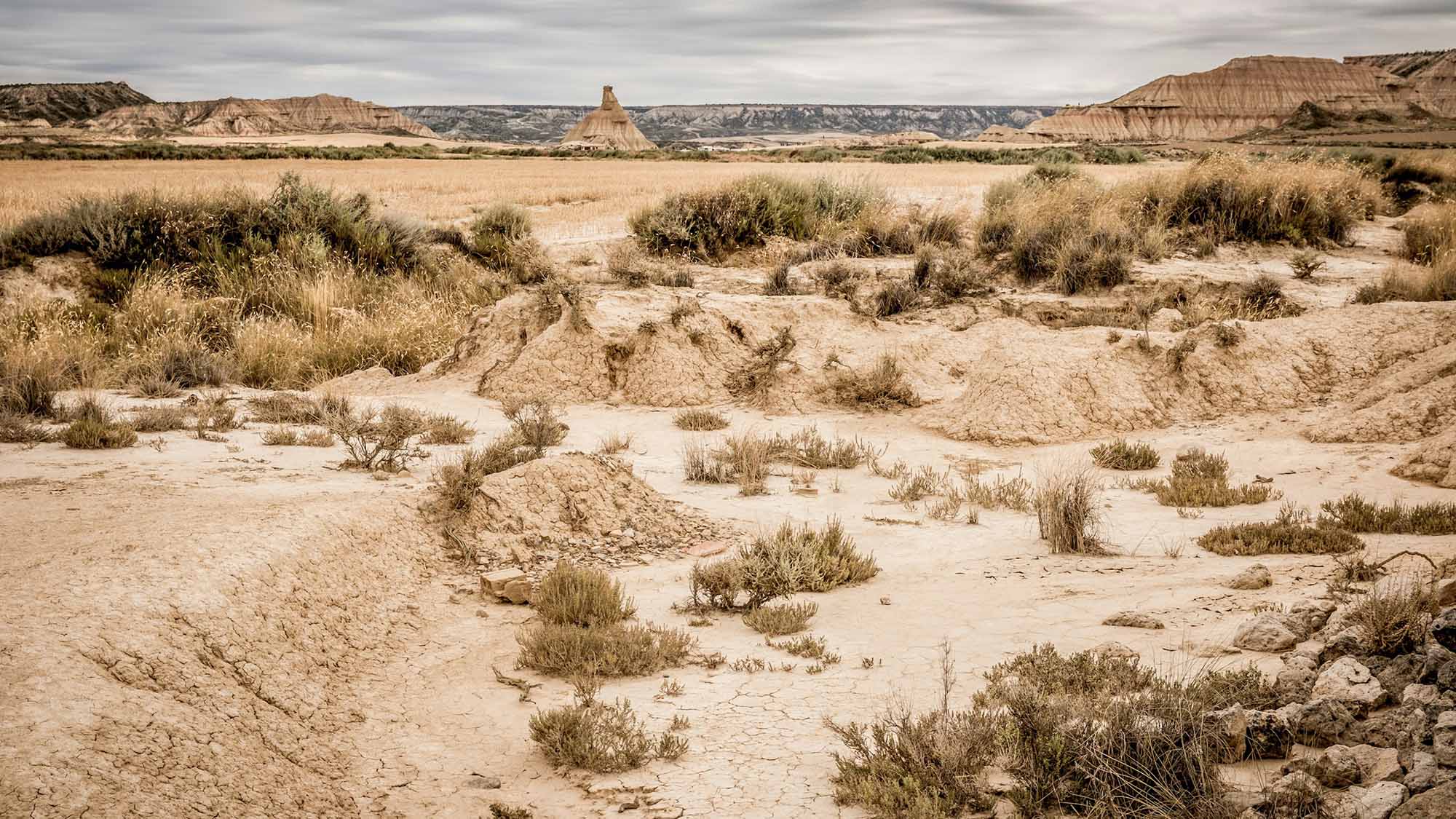An international study, in which the Institute for Evolutionary Biology (IBE: CSIC-UPF) and Department of Medicine and Life Sciences (MELIS-UPF) has participated, has linked vegetation distribution patterns with the resilience of ecosystems to desertification. When vegetation is subjected to stress, such as drought, it adopts a characteristic distribution pattern, in islands of vegetation surrounded by bare soil. As water become scarcer, the separation between plants increases. This pattern makes the ecosystem more resistant to collapse and desertification.
Drought is an increasingly common scenario due to climate change. It is estimated that 20% of the earth’s surface will pass through one of the desertification thresholds by 2100. Spain is highly vulnerable to this impact. The study of these patterns can be used to monitor the degradation of ecosystems. Ricard Solé, Principal Investigator of IBE’s Complex Systems Lab, and at MELIS-UPF, explains that “the results of the study will also serve as a basis for developing intervention strategies using synthetic biology.”
Research has also contributed to a better understanding of how over-exploitation of ecosystems by humans alters their ability to respond to climate change. When vegetation is destroyed in arid places, water scarcity and the possibility of desertification increase. Patterns of biodiversity distribution have also been found to play a key role in other ecosystems, such as microbial communities and coastal wetlands.
Kéfi S, Génin A, Garcia-Mayor A, Guirado E, Cabral JS, Berdugo M, Guerber J, Solé R, Maestre FT. “Self-organization as a mechanism of resilience in dryland ecosystems”; (2024) Proc Natl Acad Sci U S A. DOI: https://doi.org/10.1073/pnas.2305153121







